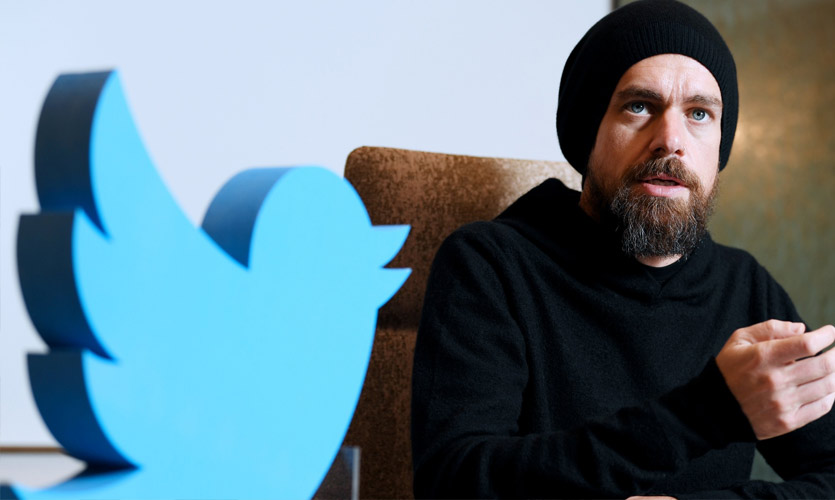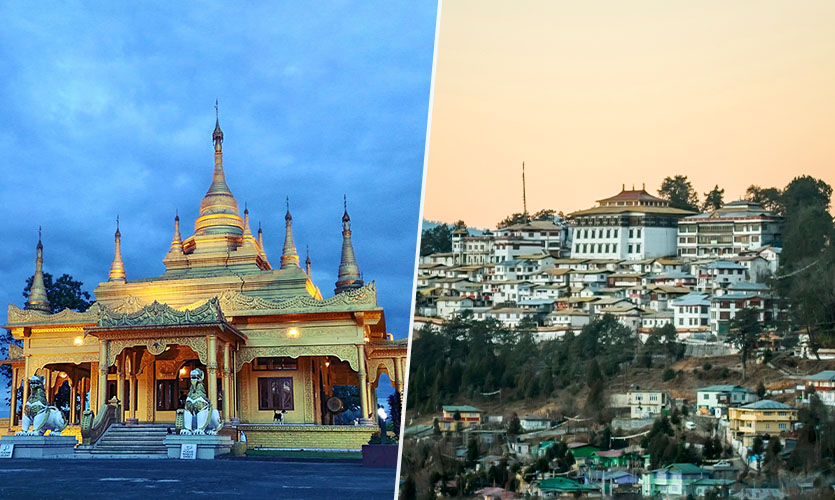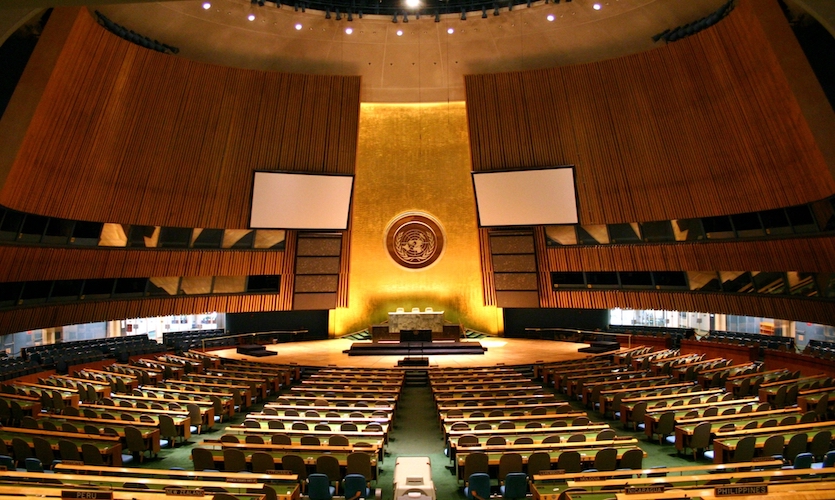Twitter, on Monday, removed India’s distorted map from its web page following a huge outrage on social media demanding strict action against the micro-blogging company. Twitter deleted India’s incorrect map showing the union territory of Jammu and Kashmir as separate from the Indian map without any clarification, later on Monday night. This comes amid the ongoing tussle between the Indian government and the California–based company, since the Narendra Modi led government has come up with new social media rules and regulations. In the map in question, Twitter had displayed Jammu and Kashmir as part of China on its Career Section under the header of ‘Tweep Life’.
Twitter’s India head – Manish Maheshwari – has been named in an FIR filed in Uttar Pradesh regarding this case. This is the second time Twitter has made the same mistake. In October 2020, the Indian government had expressed its extreme indignation while writing a letter to the company’s CEO Jack Dorsey for displaying Leh as part of China, although it quickly resolved the blunder.
The relationship between Twitter and the central government could get worse as, according to a report, the centre has confirmed that the social media company has lost its intermediary status and can no longer avail safe harbour protection. Following the development, Twitter is to be held responsible for all the content posted by its users on the platform. The move comes a day after Dharmendra Chatur – Twitter’s interim resident grievance officer for India – quit the company just two weeks after his appointment under the government’s new IT rules. The platform has appointed it’s global legal policy director Jeremy Kessel of the US as the new officer, even thought the government requires an Indian citizen for the same.
Twitter VS The Indian Government
The tussle between the Indian government and Twitter started when the micro-blogging company raised its concerns about complying with the new IT rules in February 2021. Twitter claimed that the government’s new rules will not only diminish the freedom of speech but it also violates users’ privacy.
The rift between them intensified when farmers’ protests in the country were at their peak against the government’s three controversial laws. In February, the government asked the social media giant to remove farmers’ protests related content from Twitter, citing spreading misinformation among the people about the proposed farm laws.
During the protests, the government had sent a list of more than 1000 accounts to Twitter that allegedly linked to Pakistan and Khalistan sympathisers, demanding to suspend their accounts immediately in order to contain misleading information. Twitter denied the government order to block the accounts and said that there has been no violation of the company’s rules and regulations.
In April 2021, Twitter faced a similar directive when the government ordered the social media company to block accounts or remove the content critical of the Modi government’s handling of the second wave of the COVID-19 pandemic.
The Blue Budge Row
Amid the standoff between Twitter and the Indian government, the company removed several political leaders’ blue budge from their verified accounts, including Vice President Venkaiah Naidu and RSS Chief Mohan Bhagwat.
However, hours after a massive backlash from people, Twitter restored Naidu’s account status, clarifying that blue ticks were removed from the accounts as they had been inactive over the past six months.
In May 2021, BJP’s spokesperson Sambit Patra and several other party leaders slammed Twitter when the company flagged their tweets as manipulated media. Patra tweeted a screenshot and called it a “Congress Toolkit”, alleging that the Congress is defaming the prime minister over his handling of COVID-19 by spreading misinformation. Congress categorically denied Patra’s claim, terming it as ‘fake’.
The government did not like the social media platform’s move and ordered Twitter to remove the manipulated tags from the tweets.
With the entire hullabaloo around Twitter and the government feud, things reached its peak when the platform blocked IT Minister Ravi Shankar Prasad’s account temporarily last week over a supposed copyright violation.
What Does the Indian Government Want?
The government wants that all the social media and OTT platforms in the country must operate under its new guidelines put into force on May 25. As per the new IT rules, the government has asked OTTs and social media companies to appoint three Indian based officers to handle users’ problems. According to the government, those social media platforms that have more than 50 lakh followers must appoint a Grievance Redressal Officer from India to handle the complaints of social media users and victims and set up a Chief Compliance Officer and Nodal Officer who will be responsible for ensuring compliance with the Act and rules.
The new rules come at a time in India when the internet and social media are becoming an essential part of people’s life. The government has said that the new rules will not curtail the freedom of speech of people, but will help in reducing misleading information and misusing the social media platforms.
India is the largest country in the world in terms of using the internet and social media. As of January 2021, India had at least 640 million Internet users, while the internet penetration in India stood at 45 percent.
According to data shared by a Digital 2021 report, Facebook has 320 million, Twitter has 17.50 million, YouTube has 448 million, Instagram has 140 million and LinkedIn has 71 million users.
Read more: IT Intermediary Rules Endanger The Law Of The Land
What Does Twitter Say?
The US-based company has said on multiple occasions that it has declined a number of Indian government’s orders that do not fit into the company’s culture.
Twitter said in its statement that the company is concerned by recent events regarding the employees in India and the potential threat to the freedom of expression of the people in India.
Twitter also said that the company will continue to be strictly guided by principles of transparency, a commitment to empowering every voice on the platform, and protecting freedom of expression and privacy under the rule of the law.










